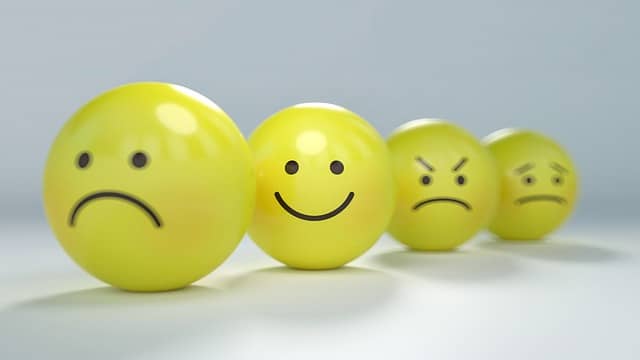What does the Lord of the Flies symbolize? William Golding’s classic novel, “Lord of the Flies,” has been a subject of discussion and interpretation since its publication in 1954. One of the novel’s most significant and widely debated symbols is the Lord of the Flies. The Lord of the Flies is a pig’s head that Jack and his hunters mount on a stake as an offering to the “beast.” But, it also serves as an important symbol throughout the novel.
What does the Lord of the Flies symbolize? (Answer)
The Lord of the Flies is a physical manifestation of the beast, a symbol of the power of evil, and a kind of Satanic figure that brings out the beast in everyone. The Lord of the Flies represents the inherent evil in mankind, which can emerge in the absence of civilization and social order.
The Lord of the Flies symbolizes the power of evil in several ways. Firstly, it represents the idea that evil is not an external force but is, in fact, present within each human being. The boys are stranded on an island without any adult supervision, and they start to form their own society. However, as time passes, they become more savage and violent, and their actions become increasingly immoral. The Lord of the Flies symbolizes the darkness that dwells within each person, which can be unleashed in the absence of society’s constraints.
Viewing the novel in the context of biblical parallels, the Lord of the Flies is reminiscent of the devil, just as Simon is reminiscent of Jesus. The Lord of the Flies is a devil-like figure that tempts and corrupts the boys, leading them to savagery and violence. In contrast, Simon is a Christ-like figure who seeks to understand the truth about the beast and offers a glimpse of hope and redemption.
What is the true message of Lord of the Flies?
The true message of Lord of the Flies can be interpreted as a warning about the destructive potential of human nature and the inherent savagery that lies within each individual. The novel depicts a group of boys who, stranded on a deserted island without adult supervision, descend into chaos and violence. Symbolically, these boys represent different aspects of society, showcasing how power struggles, fear, and the absence of civilization can lead to brutality and the breakdown of moral values. By exploring this descent into darkness, Golding highlights the dangers of unchecked aggression and its potential consequences for humanity’s future in times of war and conflict. Through Lord of the Flies, Golding suggests that humanity can only overcome its primal instincts and strive for peace through self-awareness and collective responsibility.
What does the beast symbolize in Lord of the Flies?
In Lord of the Flies, the beast symbolizes the primal instinct of savagery that exists within all human beings. As the boys stranded on the island descend into chaos and abandon their civilized upbringing, they project their fears onto a nonexistent creature, attributing it with supernatural powers. While the boys initially believe that the beast is an external threat, it gradually becomes clear that it represents the darkness and violence lurking within themselves. The gradual transformation of some characters, notably Jack, into ruthless hunters driven by their inner savagery further emphasizes this symbolic meaning of the beast. Ultimately, this symbol serves as a reminder that civilization is only a thin veneer masking humanity’s inherent capacity for brutality.
What does the island symbolize in Lord of the Flies?
The island in Lord of the Flies symbolizes isolation. It serves as a microcosm of the larger world, where the absence of adults and societal rules leaves the boys stranded and cut off from civilization. This isolation allows their inherent human nature to emerge, leading to the gradual descent into savagery and chaos. The island becomes a physical representation of their psychological state, highlighting the destructive power of unchecked impulses and the loss of moral guidance when removed from society.
What does Simon symbolize in Lord of the Flies?
Simon symbolizes saintliness and a kind of innate, spiritual human goodness in Lord of the Flies. Throughout the novel, he is portrayed as a gentle and compassionate character who understands the deeper truths about human nature. Simon’s ability to connect with nature and his solitary moments in the jungle highlight his spiritual nature and his profound insight into the darkness within each individual. His encounters with the “Lord of the Flies” further emphasize his role as a symbol of purity and goodness, as he can recognize the evil within themselves and others. Ultimately, Simon’s tragic death is a powerful depiction of society’s rejection of these qualities, highlighting the destructive consequences of humanity losing touch with its inherent goodness.
Conclusion
In conclusion, the Lord of the Flies symbolizes the power of evil, the beast within each human being, and a Satan figure that tempts and corrupts the boys. It represents the idea that evil is not an external force but is present within each person and can be unleashed in the absence of civilization and social order. The novel highlights the importance of social order and the need for a moral compass to guide human behavior.
